8 Elements for Effective, Sustainable Compliance Programs
The end of summer and the arrival of fall marks a return to school and a regular schedule for our country’s youth. It also marks a return to a more traditional work schedule for many adults and perhaps most compliance officers.
And not unlike the turn of a new year, the return to school and work can be viewed as an opportunity to review, reconsider, and retool one’s approach to life, and to managing compliance.
With that in mind, compliance officers returning from summer vacation might consider taking a pause and consider ways to increase effectiveness and efficiency.
The following eight strategies, the core of my book Triple Bottom-Line Compliance: How to Deliver Protection, Productivity, and Impact, can be a catalyst for more effective and sustainable compliance programs. The present time is a great opportunity to learn about and apply the following eight key elements.
- Align – To achieve sustainable governance, take a longer-term approach. Look to align interests and incentives to win wider engagement and avoid repeated compliance deficiencies.
- Verify – Build trust-but-verify cultures using a Triple Bottom-Line Compliance System including
• Protection: Surveillance to search for and find red flags
• Productivity: Being analytical, looking at things holistically, connecting the dots, and knowing business patterns as well as individuals’ traits
• Impact: collaborating with others in the organization to double-check any findings to make sure they reflect a real or potential compliance breach and if so, going directly to the source of the risk as an advisor and an educator
- Serve your Client – Build strong relationships and possess superior communication skills. Compliance Officers that are also business leaders, strategists, project managers, and influencers are able to get more done for their clients.
- Network – The day-by-day workflow of questions, issues, projects, and resolutions may lead to conflicts of interest and a crisis. Manage your professional brand and reputation.
- Build legal alliances – The Legal department can provide important and strategic relationships but it’s up to the compliance officer to keep them on board with Triple Bottom-Line Compliance. A compliance officer must think ahead, educate lawyers, and advocate for taking a longer-term view when needed.
- Master diplomacy – Master be diplomacy and understanding many different stakeholders. Be the resource not only finds problems but fixes issues.
- Be your true north – “True North Ethics” means there is an authentic fit for a compliance officer within an organization. Align with and believe in the culture, the organization, and the business efforts you serve. Without such an alignment the compliance officer may be too focused on protection and may struggle to lead the rest of the organization regarding positive business ethics when faced with conflicts of interests.
- Brand yourself and contributing – Act like a leader and be perceived as one who builds relationships with FOCs, lawyers, and regulators while delivering Triple Bottom-Line Compliance. A strong compliance officer should be clear, definitive, and decisive but may only be so after listening to, collaborating with, and explaining why the regulatory requirement is as it is.
These eight strategies are part and parcel of the “Circle of Compliance.” The circle demonstrates the way a compliance program can protect and add value.
You can learn more about the Circle of Compliance and how to implement it in your own compliance practice in my book Triple Bottom-Line Compliance: How to Deliver Protection, Productivity, and Impact. Click here to download chapter 5 about the power of Networking, for free.
After you read the chapter, don’t forget to apply what you learn and take advantage of your existing and growing circle of influence at back-to-school events, fall parties, and other environments where your positive influence can be felt.
To learn more about how you can innovate with compliance, contact my office today. If you would like to read about my philosophy and how to support business growth so there is measured and informed risk-taking, here’s a look inside my book.

